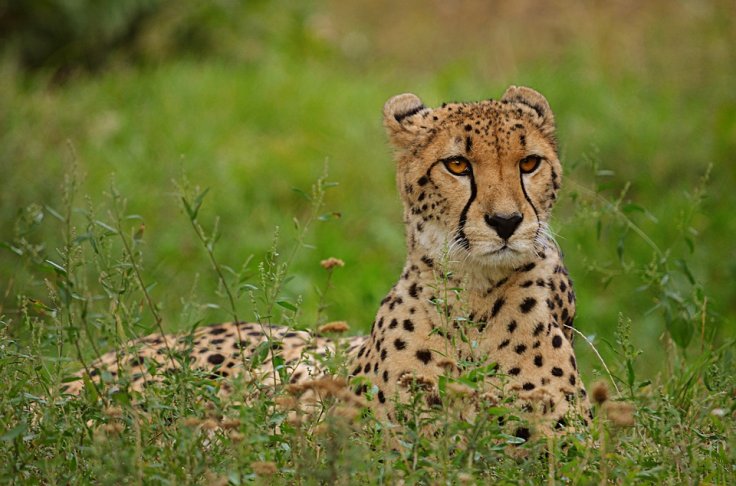
Cheetahs are widely considered the most successful hunters in the jungle; thanks to their slender build and lean muscles. Now, a new study report published in the journal Scientific Reports reveals that apart from the well-built physique, cheetah's inner ear is also responsible for its hunting prowess. This is for the first time that researchers have studied the big cat's inner ear.
A team of researchers led by Camille Grohé, from the American Museum of Natural History, conducted this study and they majorly looked into the extraordinary sensory abilities of cheetahs by analyzing their inner ear.
During the study, researchers noted that cheetahs, even during the time of sprinting keep their heads stable, and their eyes are fixed on the prey. According to the researchers, the inner ear of cheetahs which is comprised of sensory organs is responsible for maintaining the balance and steady head posture during the time of hunting.
More analysis conducted on cheetah's inner ear revealed that it is entirely different from similar organs in modern felids. To substantiate this finding, researchers scanned the skulls of 21 felid specimens and it includes modern and extinct cheetahs.
"The vestibular system of modern cheetahs is extremely different in shape and proportions relative to other cats analyzed. These distinctive attributes (i.e., one of the greatest volumes of the vestibular system, dorsal extension of the anterior and posterior semicircular canals) correlate with a greater afferent sensitivity of the inner ear to head motions, facilitating postural and visual stability during high-speed prey pursuit and capture," wrote the researchers in their study report.
The study report also indicates that this inner ear is a newly evolved one, as they were not present in the now-extinct Acinonyx pardinensis, the giant cheetah. As per the researchers, the heavy competition faced by cheetah with other predators have resulted in the evolution of this new inner ear.








